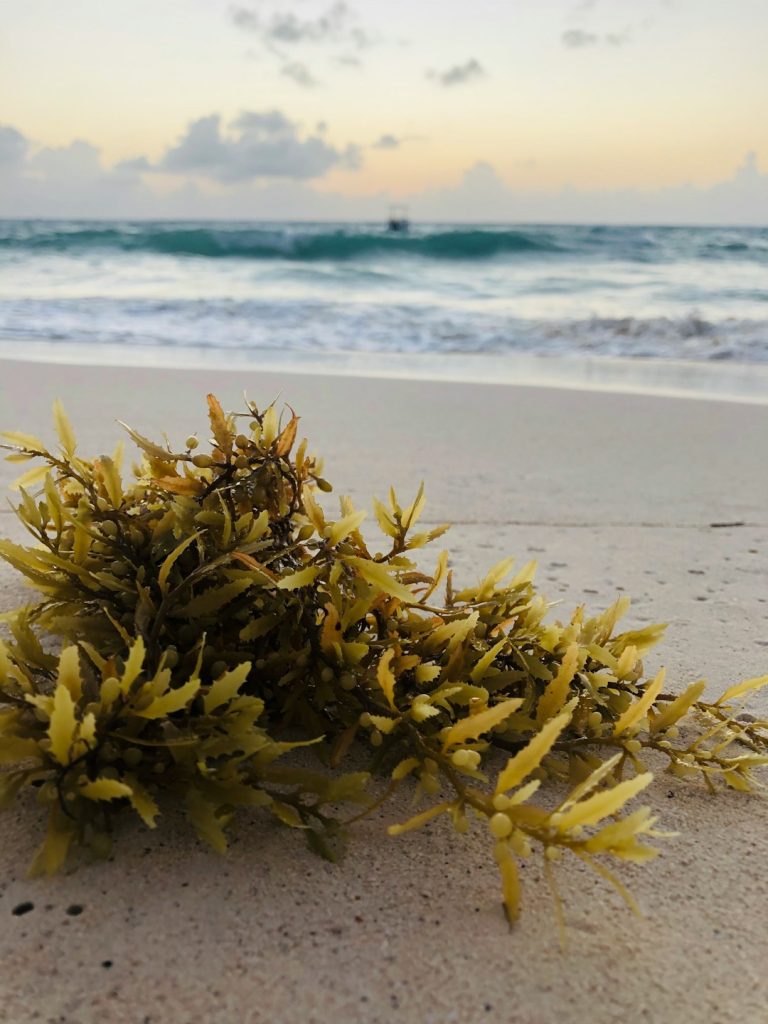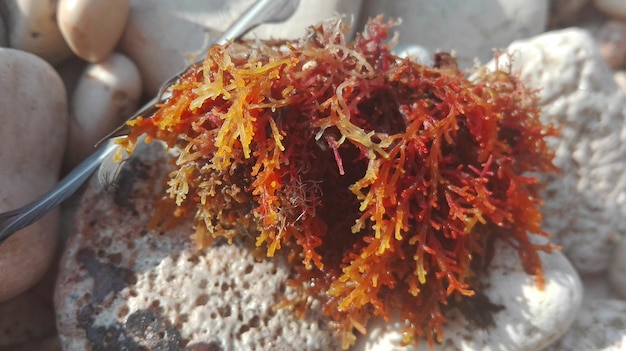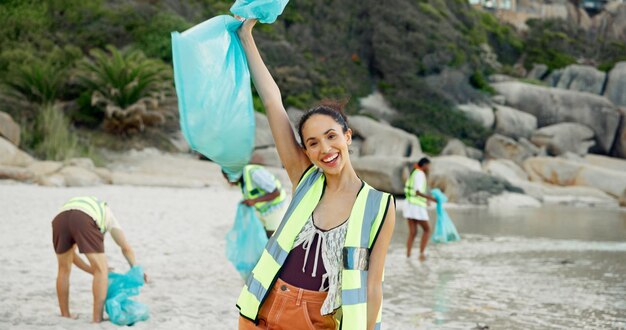Sargassum: How Seaweed Reshapes Caribbean Shores
I remember the first time I saw sargassum. I walked out onto a quiet beach in Cancun, expecting powdery white sand and turquoise water. Instead, a thick, golden-brown mat stretched along the shore. The air smelled sharp, almost like rotten eggs. I watched workers in the morning sun, raking and shoveling the seaweed into piles taller than me. It looked out of place, almost alien, but it belonged here now.
Since then, sargassum has become a regular part of my Caribbean travels. It is seen it in St. Lucia, Jamaica, Mexico, and even the tiny islands. Everyone has a story: about lost beach days, about cleanup costs, about the mystery of where all this seaweed comes from. Sargassum shapes the Caribbean experience, for better or worse.
People ask me about it all the time. They want to know if it’s safe to swim, if the beaches will be clean, if the problem will ever go away. I wrote this to answer those questions, from what I’ve seen and learned across the islands.
What Is Sargassum?
Sargassum is a type of free-floating seaweed. Unlike most seaweed, it does not root to the ocean floor. Instead, it drifts in large mats, carried by ocean currents. The leaves look like little brown ribbons, dotted with air-filled pods that keep it afloat. Up close, it feels rubbery and tough.
In the open sea, sargassum provides shelter for fish, turtles, and birds. It forms part of the Sargasso Sea, a vast area in the Atlantic where sargassum naturally gathers. For centuries, it stayed mostly offshore, out of sight and out of mind. That changed in the last decade.
Sargassum Origins: Why It Washes Up in the Caribbean
I often hear people blame hurricanes or local pollution for sargassum invasions. The truth is more complex. Most of the sargassum that reaches the Caribbean starts far away, in the Atlantic Ocean, near the coast of Africa and Brazil. Powerful currents push these floating mats westward, across thousands of miles.
Scientists track these blooms by satellite. They see huge “sargassum belts” stretching from Africa to the Caribbean, sometimes hundreds of kilometers wide. Winds, tides, and seasonal changes steer the seaweed toward land. When the mats hit the warm, shallow waters of the Caribbean, they pile up on beaches—sometimes overnight.
The worst years, like 2018 and 2022, saw record amounts.
Sargassum and Human Health: What You Need to Know
I get this question a lot: Is sargassum dangerous? Fresh sargassum in the water is not toxic. It feels slimy and sometimes tangles around your ankles, but you can swim through it. The trouble starts when it piles up on the sand.
As sargassum decays, it releases hydrogen sulfide gas. This causes the rotten egg smell that hangs over affected beaches. In high concentrations, hydrogen sulfide irritates the eyes, nose, and throat. People with asthma or respiratory issues feel it more.
Skin contact with sargassum sometimes causes rashes, especially in children. And hidden debris—like jellyfish or sharp shells—can lurk in thick mats. I recommend rinsing off after swimming near sargassum and avoiding large piles on hot days.
Sargassum Hotspots: When and Where It’s Worst
Sargassum does not hit every Caribbean beach equally. I track reports and talk to locals year-round. The worst months run from April to October, with peaks in summer. Eastern and southern shores—like those in Barbados, St. Lucia, and the Mexican Caribbean—see the heaviest landings.
Some places get hit harder than others:
- Riviera Maya, Mexico: Resorts from Cancun to Tulum sometimes close beaches during peak blooms.
- Barbados: The east coast often disappears under thick mats.
- St. Lucia, Martinique, Dominica: Atlantic-facing beaches struggle with piles several feet deep.
- Jamaica and Aruba: Less affected, but some southern and eastern beaches see seasonal blooms.
The Growing Sargassum Problem: Causes and Trends
Sargassum blooms have surged since 2011. Scientists point to several reasons:
- Warmer ocean temperatures: Climate change heats the Atlantic, creating ideal growing conditions.
- Nutrient pollution: Rivers in Brazil and West Africa wash fertilizer and sewage into the sea. These nutrients feed sargassum, causing it to multiply.
- Changing currents: Shifts in wind and ocean flow push more sargassum toward the Caribbean.
Each year, the blooms grow larger and arrive earlier. Locals tell me the problem feels worse every season. Some call it the “new normal.” Researchers at the University of South Florida now publish monthly sargassum forecasts, like weather reports for seaweed.
Sargassum Beach Management: How Resorts and Locals Respond
I see all kinds of cleanup efforts, from rakes and wheelbarrows to industrial beach tractors. Resorts invest in floating barriers, called “sargassum booms,” to keep the seaweed offshore. Workers collect sargassum at dawn, before the heat releases that strong odor.
Some islands try to turn a problem into a resource. I’ve seen sargassum composted for fertilizer, processed into animal feed, and even used in construction bricks. But most ends up in landfill. Cleanup costs run high—millions each year for governments and hotels.
Sargassum Survival Guide: Traveler Tips for a Better Trip
Sargassum does not ruin a Caribbean holiday. Here’s how I handle it:
- Check sargassum maps and local reports before booking. Some websites and Facebook groups post daily updates.
- Choose leeward beaches or sheltered bays. Western and northern shores often stay clear, even when the east is covered.
- Ask hotels about their cleanup plans. Good resorts post updates and clear the sand daily.
- Pack water shoes and rash guards for swimming near sargassum.
- Embrace the adventure. Visit inland waterfalls, hike, or explore local markets when beaches get covered.







